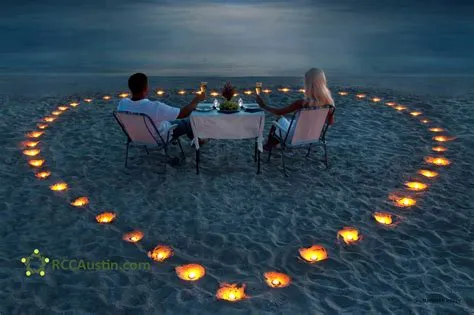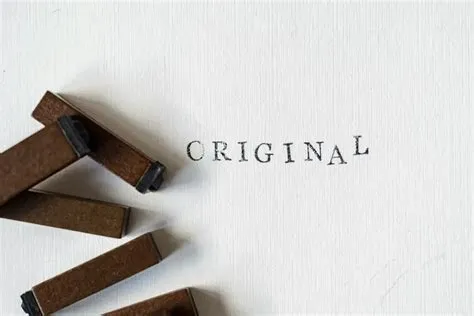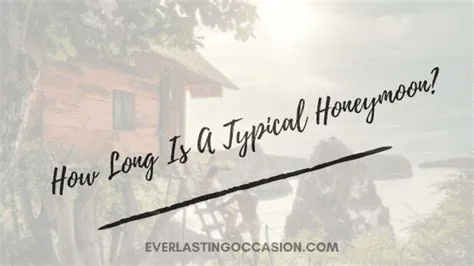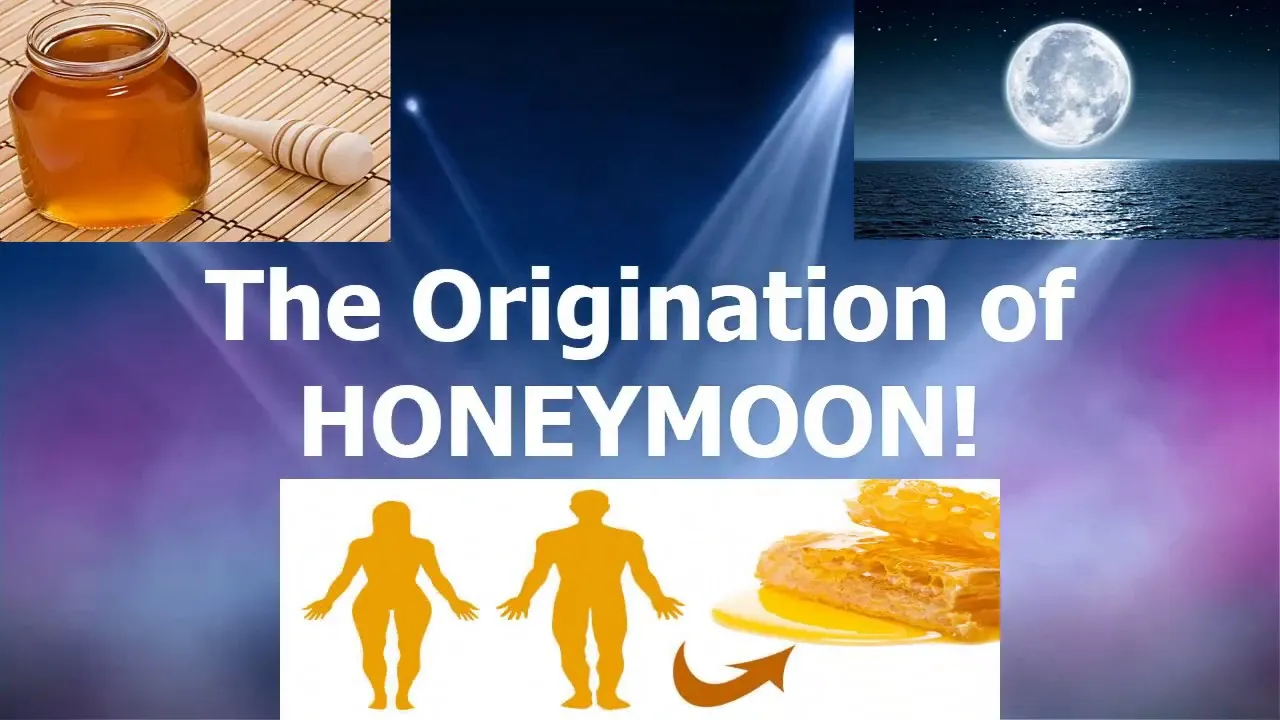The Genesis of Honeymoons
The concept of a honeymoon, a post-wedding escape for a newly married couple, is a tradition steeped in history and cultural significance. Its origins are fascinating, evolving from various customs and practices across different civilizations. The journey from ancient rituals to modern romantic getaways is a testament to the enduring human desire for celebration, intimacy, and a fresh start. Examining the roots of honeymoons reveals a blend of social, economic, and symbolic factors that shaped this cherished practice. What began as a blend of practical concerns and symbolic acts has blossomed into a global phenomenon, demonstrating the adaptability and resilience of human traditions.
Ancient Rome The Mead-Soaked Moon
One of the earliest documented influences on the honeymoon tradition comes from ancient Rome. During this era, the couple would spend an entire cycle of the moonu2014approximately one monthu2014together, often consuming mead, a honey-based alcoholic beverage. This practice was closely tied to the lunar cycle, representing a period of transition and new beginnings. The emphasis on this period of togetherness set the stage for later traditions, influencing the core idea of a post-wedding retreat. This month of celebration was crucial to start the marriage and establish a strong bond between husband and wife. The Romans believed that this time would bring fertility and prosperity to the new marriage.
The Significance of Mead

Mead, the drink central to this Roman tradition, held significant symbolic value. Honey, the primary ingredient, was associated with fertility, sweetness, and good fortune. Its consumption during the first month of marriage was intended to ensure a ‘sweet’ or successful start to the union. The intoxicating effect of mead also contributed to the festive and celebratory atmosphere, fostering intimacy between the couple as they began their life together. The regular consumption of mead symbolized the hope for a prosperous and fruitful marriage. The drink was thought to promote good luck.
Duration of Celebration
The duration of the celebration, lasting for one moon cycle, also played a crucial role. This timeframe allowed the couple to retreat from their regular duties and concentrate solely on each other. This period of isolation was intended to forge a solid emotional bond between the newlyweds, allowing them time to adjust to married life away from external pressures. The extended duration was also seen as a time to establish a household, plan for the future, and start a family. The importance of the full moon cycle underscored the concept of a complete period, signifying the beginning of a new chapter.
The Teutonic Tradition Bride Kidnapping & Honey
The Teutonic tribes brought their own customs to the evolving concept of the honeymoon, including bride kidnapping. This practice, albeit often symbolic, involved the groom taking the bride away from her family, and they would hide for a period. This act was less about violence and more about asserting the groom’s strength and determination. This period of seclusion and secrecy was also associated with the consumption of honey, further linking it to the cultural development of honeymoon traditions. This early act set the foundation for private time away from the community, setting the stage for more romantic developments in future traditions.
Bride Kidnapping Rituals

Bride kidnapping, in this context, was not always literal abduction. It often involved the groom and his friends ‘stealing’ the bride, essentially whisking her away for a period. This act was symbolic, meant to demonstrate the groom’s ability to protect his bride and establish their independence. The duration of this seclusion varied, but it was typically long enough for the couple to bond and prepare for married life away from the brideu2019s family. This tradition underscored the transition from the bride’s family to her husband’s, solidifying the couple’s unity and setting the tone for their shared future.
The Honey’s Role
During this time, the couple would consume honey or mead, reinforcing the association of sweetness, fertility, and good fortune. The honey-based drinks served as a symbolic link to the Roman traditions. The honeyu2019s sweetness was believed to ensure a happy marriage, the symbol for a blissful and successful union. The act of sharing honey also symbolized the couple’s shared future, their union, and their mutual commitment. The honey provided a source of energy and sustenance, essential for the couple as they adjusted to their new lives together.
Medieval England The Honey Month
In Medieval England, the tradition evolved, and the term ‘honeymoon’ emerged. Newlyweds would spend a month (‘moon’) together, during which they would consume honey wine, reinforcing the symbolism of sweetness and fertility. The duration of this period, the ‘honey month’, was significant, giving the couple ample time to start their married life. It set a precedent for future customs, where the focus was on the couple’s private time to bond and build the foundation of their marriage. This practice was not only about the couple but also about the community supporting their new union and the future family.
The Economic Aspect

Economically, the ‘honey month’ could also be seen as a respite from the normal daily workload. The couple could relax and focus on each other, without the pressures of work or other social obligations. In agrarian societies, this was particularly important, as it gave the couple a chance to rest before the harvest season began, which provided crucial time for their bonding, increasing the chances of a successful marriage. During the time off, the family would provide the couple with essentials, which meant the couple could get established without immediate pressure.
Symbolism of Honey
The ongoing use of honey and mead in this period symbolized the wish for a sweet, fertile, and prosperous marriage. The honey’s symbolism was deeply rooted in the belief system of the time, meant to ensure good luck and a blessed beginning. It was also a practical consideration, the honey provided a sustained energy source, as the couple were together for a month with little to no other responsibilities. The sharing of honey represented the couple’s shared future and their mutual commitment to each other, beginning the new chapter in their lives.
Modern Honeymoons Evolution & Trends
Modern honeymoons have evolved far beyond the traditional month-long retreats. The focus has shifted from seclusion and practical considerations to leisure, relaxation, and creating lasting memories. Today, honeymoons are often seen as a time for travel and adventure, with couples opting for exotic destinations and unique experiences. This change reflects a cultural shift, with an increased emphasis on personal fulfillment and shared experiences. The modern concept places a greater emphasis on shared interests, and couples frequently select destinations and activities that align with their individual interests. It is now a celebration of the marriage and a reflection of the couplesu2019 personalities.
Changing Traditions

As societal norms have changed, so have the traditions surrounding honeymoons. The duration, location, and activities vary widely, reflecting the diversity of modern couples. The emphasis on a ‘honeymoon’ period has remained, although the focus has transitioned. Couples are more likely to plan experiences that reflect their shared passions, such as adventure travel, culinary explorations, or cultural immersion. This shift underscores the importance of individualized experiences and memories, which have grown to be much more important than adhering to standard traditions. This is a shift away from solely focusing on establishing a household to building a shared future.
Honeymoon Destinations
The choices of honeymoon destinations have exploded in recent decades. The most popular destinations are tropical resorts, historical landmarks, and unique adventure spots. This variety shows how important travel and shared experiences have become for newly married couples. The destinations vary greatly depending on the coupleu2019s preferences, with each location providing opportunities to create memorable experiences. The key is to find a destination that resonates with the couple’s tastes and offers the kind of experiences that create lasting memories. Popular choices include luxurious beach resorts, historical cities, and adventure-filled getaways, illustrating the desire for a diverse and personal honeymoon experience.
Honeymoon’s Cultural Variations Around the World
Honeymoon traditions vary significantly around the world, reflecting the diverse cultures and customs. From Asia to Africa to Europe, the ways newly married couples begin their life together differ widely. These practices offer fascinating insight into cultural values and beliefs, offering a glimpse into how different societies perceive the start of marriage. These variations show how universal and adaptable the desire for a honeymoon is. Exploring these traditions offers a more profound understanding of the role of honeymoon in a cultural aspect, and in the lives of newlyweds.
Asia’s Unique Honeymoon Traditions

In many Asian cultures, honeymoon traditions often incorporate elements of spirituality, family, and auspiciousness. Newlyweds may participate in rituals intended to bring them good luck and prosperity. The length and the practices during the honeymoon can vary significantly, depending on the specific culture. In some cultures, couples are required to visit temples or sacred sites to receive blessings for a happy and fertile marriage. The focus is on establishing good fortune for the new family. The wedding rituals and post-wedding ceremonies vary significantly across the region and demonstrate the variety of practices.
African Honeymoon Customs
African honeymoon customs also vary greatly by region, often involving tribal traditions and practices. In some cultures, the honeymoon might involve a period of seclusion or integration, in which the couple goes through unique rites. There may be symbolic acts designed to strengthen the bond between the couple. Depending on the tribal society, the newlyweds might be required to follow certain rituals, and these vary greatly. These traditions serve to reinforce cultural values and guarantee the couple’s smooth transition into married life, solidifying the link between the two families. This tradition is important in building a strong foundation for the newlyweds.
European Honeymoon Practices
European honeymoon traditions have been the basis for modern-day practices. The traditions of the Romans and Medieval England have evolved into modern practice. Modern European honeymoons, in many cases, are influenced by the history of the region. The variety and diversity of the travel options are widely available and have helped expand the options for the newly married couples. These traditions highlight the romantic aspect of the region and influence the global traditions that are used today. This practice continues to evolve and is subject to social and economic influences.
